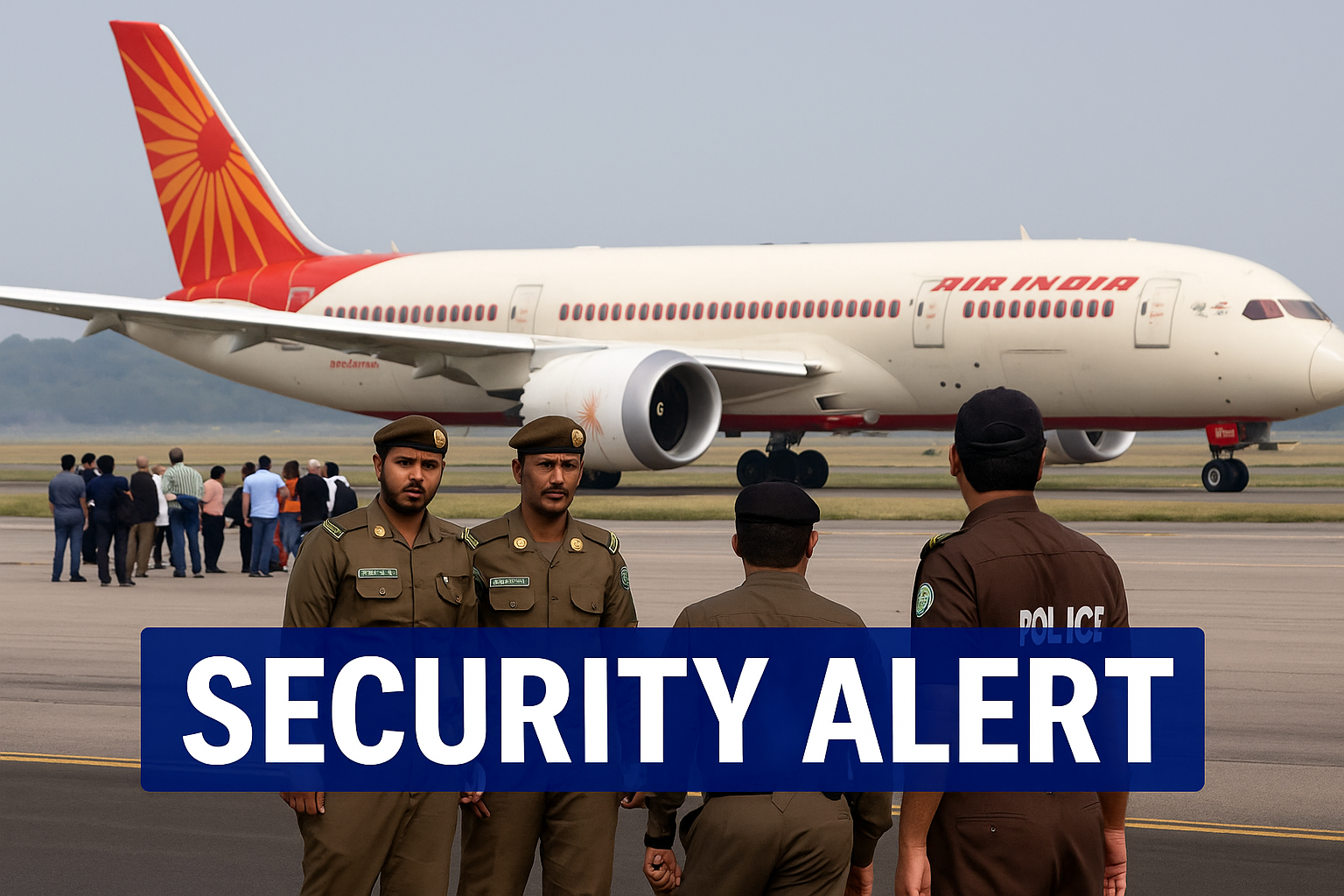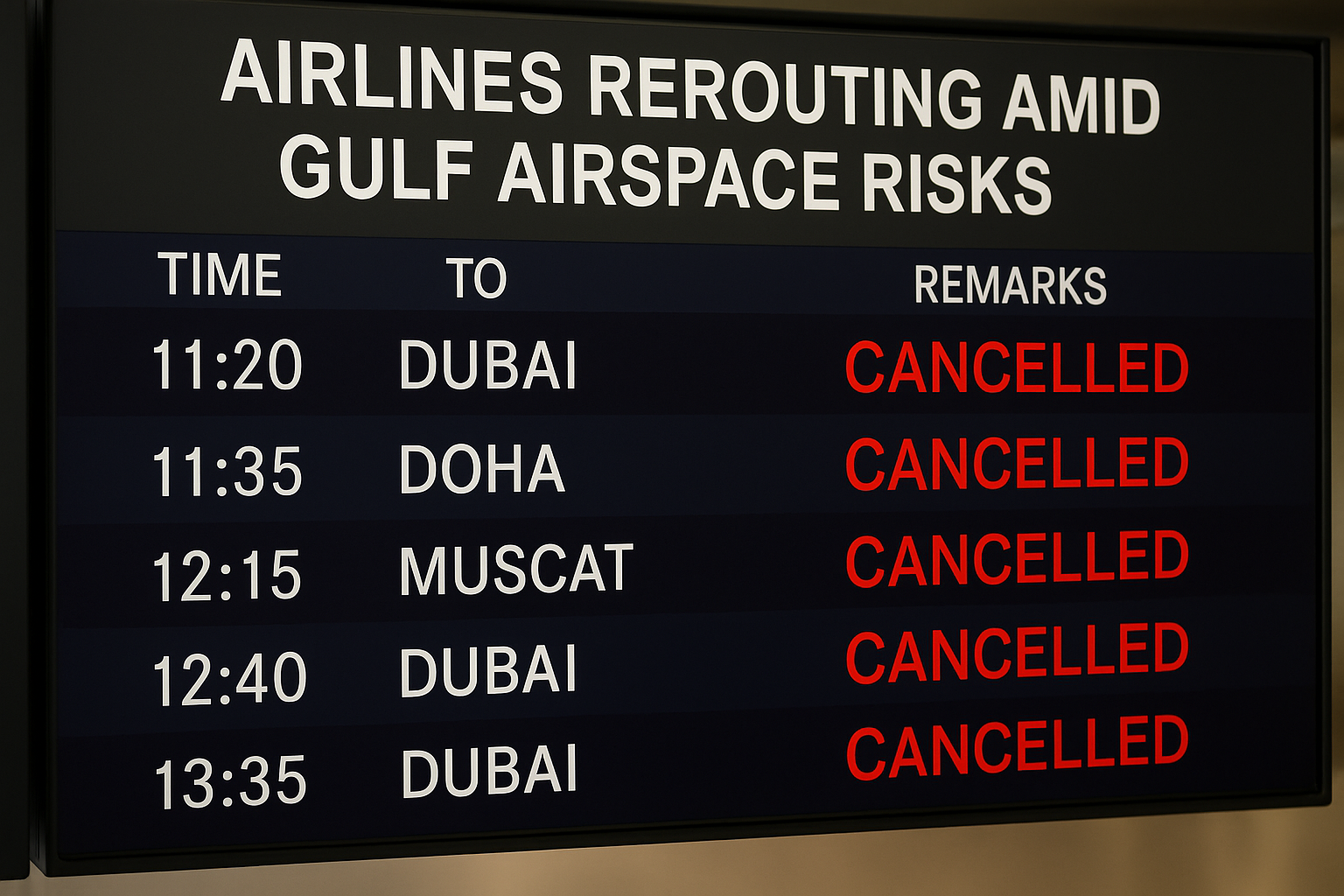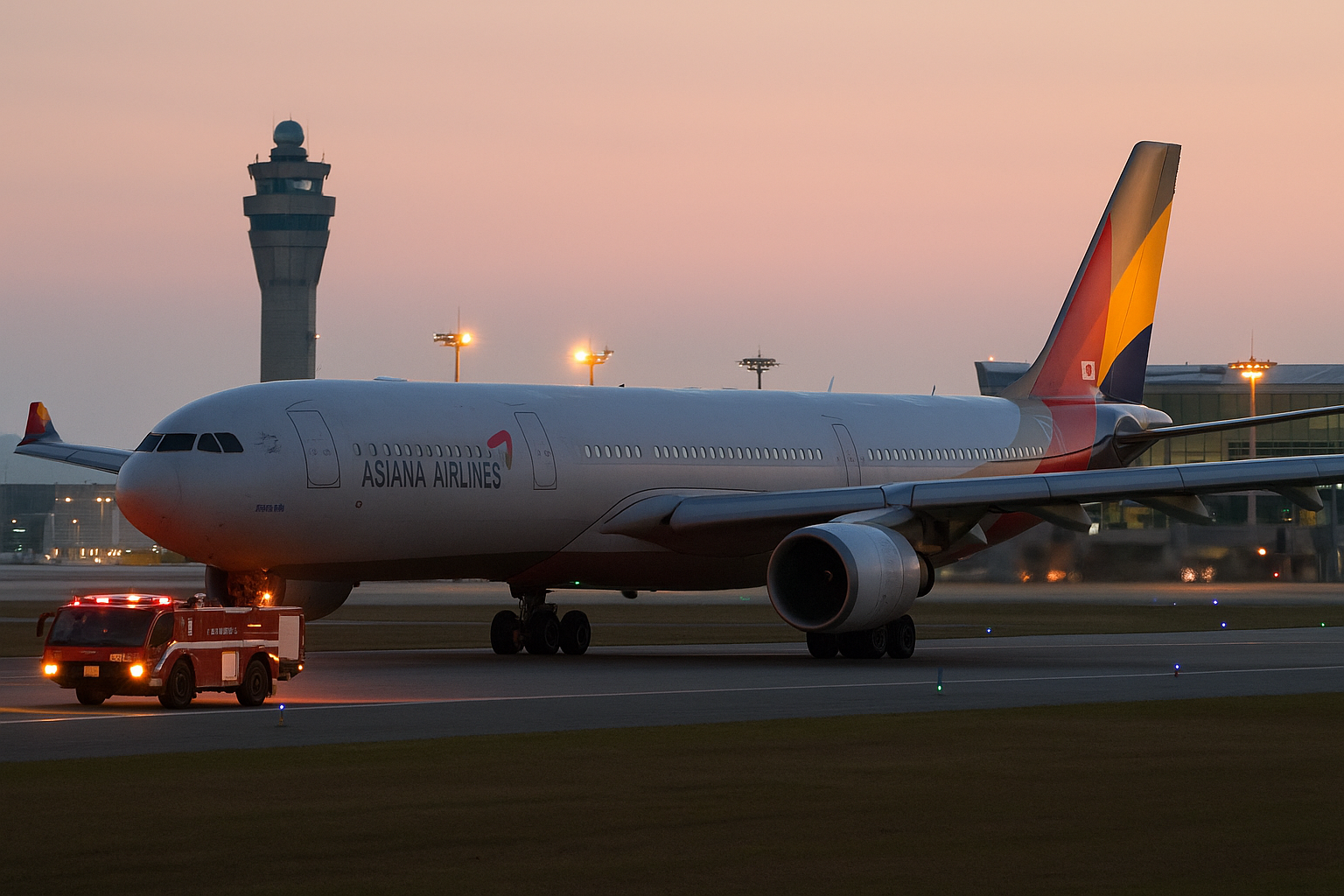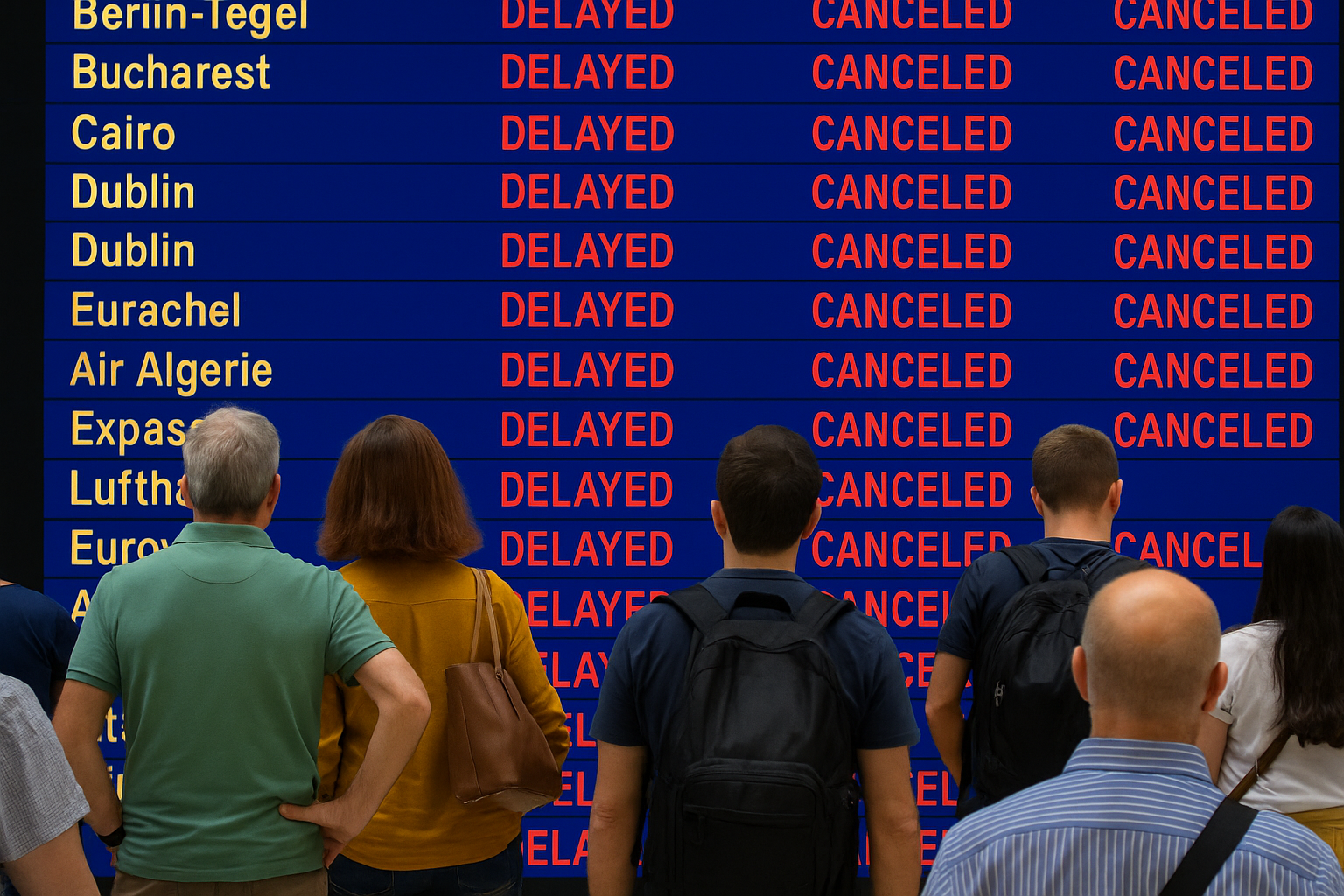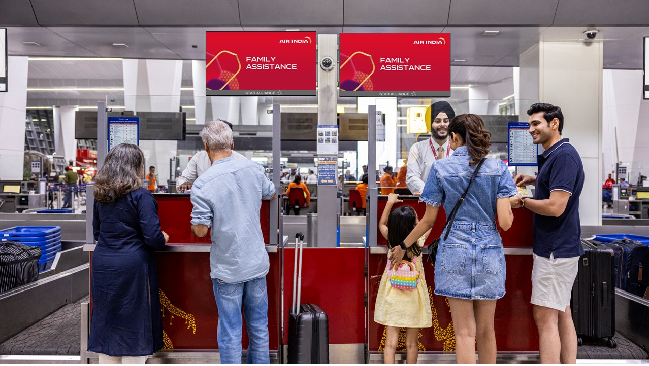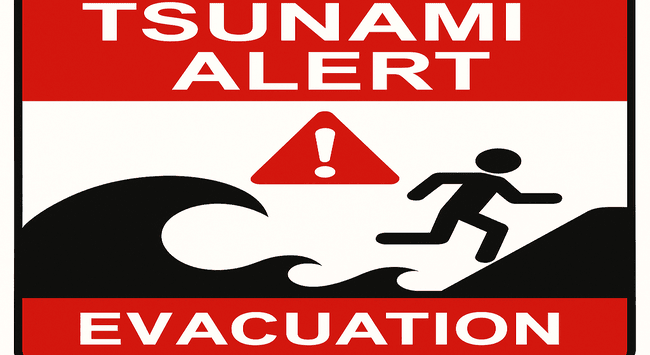SEOUL — A major in-flight emergency unfolded on June 21, 2025, as Asiana Airlines flight OZ108, bound for Narita International Airport in Tokyo, was forced to make an emergency landing back at Incheon International Airport (ICN) after its left engine reportedly caught fire shortly after takeoff.
The aircraft, an Airbus A330-300, departed Seoul at 6:29 p.m. local time. Within minutes, passengers and eyewitnesses observed smoke and flames emerging from the No. 1 engine, triggering an emergency declaration by the flight crew. The incident prompted a full-scale emergency response from the Seoul Regional Office of Aviation.
Emergency Landing and Passenger Evacuation
The flight, carrying 263 individuals—including 239 ticketed passengers and 24 in-transit travelers—circled briefly before making a successful landing at 7:29 p.m. on Runway 4. Emergency firefighting teams were deployed and on standby as the plane returned to Incheon.
Thanks to the professionalism of the crew and the swift response of airport safety teams, there were no injuries reported. All passengers disembarked safely, and emergency services inspected the aircraft on the ground.
Asiana Airlines issued an immediate statement, confirming the emergency landing and reassuring the public that passenger safety remained their top priority. Initial reports suggest a technical fault with the No. 1 engine, although full diagnostics are pending.
Aircraft Grounded, Investigation Underway
The Airbus A330 involved in the incident has since been grounded for a comprehensive inspection by both Asiana’s technical team and officials from South Korea’s Ministry of Land, Infrastructure and Transport (MOLIT). The exact model of the malfunctioning engine has not been disclosed.
The ministry is expected to conduct an in-depth investigation, including a detailed analysis of flight data recorders, pilot communications, and maintenance logs. In accordance with global aviation safety protocols, the Federal Aviation Administration (FAA) and Airbus may also be looped in if systemic issues are suspected.
Passenger Support and Flight Rescheduling
Following the incident, Asiana Airlines arranged hotel accommodations and meals for all stranded travelers. A replacement aircraft was prepared for a rescheduled departure to Narita early the next morning.
The airline has also offered refund and rerouting options to passengers affected by the delay, and is working with travel agencies and tour operators to minimize further inconvenience during peak summer travel.
Aviation Experts Praise Crew Response
Aviation safety experts have praised the Asiana Airlines flight crew for their rapid decision-making under pressure. “Declaring an emergency early and returning to the nearest suitable airport is the safest and most responsible course of action in such cases,” said Kim Seong-woo, a former Korean Air pilot and aviation consultant based in Busan.
The incident is a reminder of the risks posed by sudden engine failures—even on modern widebody aircraft—and highlights the importance of robust crew training and airport readiness.
Not the First Safety Incident for Asiana
The emergency landing of flight OZ108 comes just months after another Asiana flight, OZ212, narrowly avoided a serious mishap at San Francisco International Airport in February 2025. In that case, an Airbus A350-900 descended below the glide slope on approach to runway 28L, triggering an urgent go-around instruction from air traffic control. The flight landed safely on a second attempt.
That event drew comparisons to the tragic crash of Asiana Airlines Flight 214 in 2013, when a Boeing 777 struck the seawall at SFO due to a botched approach, resulting in three deaths and over 180 injuries. As a result, aviation authorities are expected to scrutinize OZ108’s incident closely for any potential systemic or procedural gaps.
Flight Safety Measures Under Review
As part of its response, Asiana Airlines has confirmed it will initiate an internal review of aircraft maintenance cycles and crew emergency training protocols. The Ministry of Land, Infrastructure and Transport also plans to review current engine inspection intervals and may issue revised guidance across the Korean aviation sector.
Experts point out that engine failures, while rare, are not entirely uncommon. The strength of the aviation system lies in how such failures are managed—something Asiana appears to have done effectively in this case.
Global Attention on Korean Aviation Safety
The international aviation community has been closely monitoring safety developments in South Korea, a nation with one of the busiest air traffic corridors in Asia. Incheon International Airport is a major hub for flights connecting East Asia with Europe, the Americas, and Oceania.
With both domestic and foreign carriers operating hundreds of daily flights through ICN, any operational incident—even when managed successfully—can send ripples through the industry.
What Travelers Should Know Now
- No injuries were reported among the 263 onboard Asiana OZ108.
- The aircraft, an Airbus A330-300, is undergoing detailed inspection.
- Replacement flights have been arranged for passengers.
- The incident will be investigated by South Korea’s transport ministry.
- Asiana Airlines continues to operate all other routes normally.
Conclusion: A Crisis Averted, But Scrutiny Remains
While the emergency landing of Asiana Airlines OZ108 concluded without injury, the event underscores the critical importance of flight safety vigilance, particularly during takeoff and ascent. As investigations proceed, passengers and aviation regulators alike await further clarity.
For now, the incident stands as a testament to the airline’s commitment to safety—and a reminder of the inherent challenges of global air travel in 2025.
For more travel news like this, keep reading Global Travel Wire


